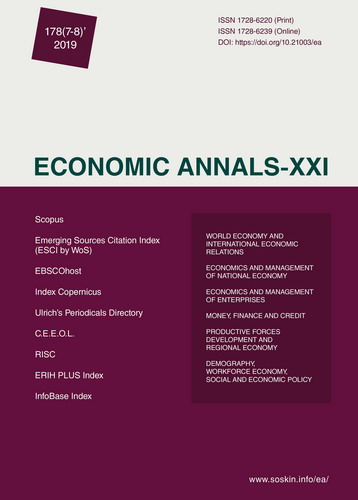Professional sports: strategic approaches to investment attractiveness formation
Professional sports: strategic approaches to investment attractiveness formation
Author(s): Oleg V. Litvishko, Roman R. Veynberg, Sayabek Ziyadin, Rui Manuel Dinis Sousa, Gulmira RakhimovaSubject(s): Sports Studies
Published by: Institute of Society Transformation
Keywords: Investments; Professional Sport; Football; Assets; Value; Business Model; Efficiency; Infrastructure; UEFA; English football clubs; Danish football clubs;
Summary/Abstract: The unstable financial condition of sports clubs combined with negative cash flows and losses can cause the collapse of the entire football industry. Thus, the total losses of top division clubs in 2011, when their maximum level was observed, amounted to 1.7 billion Euros, which is largely due to the European model of sports activities, when the main principles of building a business and financial efficiency go by the wayside. However, the introduction by UEFA in 2011 of «financial fair play» rules, designed to make the financial policies of clubs more rational and disciplined, led to an annual reduction in losses from the activities of the football industry and stimulated long-term investments in the development of youth sports and infrastructure. The article is devoted to the search for an effective business model for the further development of the professional sports industry, taking into account modern requirements of market economy. The study was conducted based on a review of the experience of English and Danish clubs whose stocks are traded on the stock market. As a theoretical basis of the research, a value-oriented model is used, which consists in determining the reaction of the stock market to the management efficiency of a sports club.The results showed that the most financially stable are clubs that have chosen the American approach to the sports business as their development model. Therefore, one of the ways to optimize the financial stability of professional sports entities can be the implementation of measures to increase the share of tangible assets in the overall structure of non-current capital through the construction of a developed sports infrastructure, as well as diversification of activities via development of related and non-core areas, which will generate income in addition to participation of clubs in sports competitions, due to the synergistic effect of commercial activities under a brand of a well-known sports team, making the parent organization less dependent on the sports component, which will ultimately increase the investment potential of the football industry as a possible area for investing private capital.
Journal: Економічний часопис - ХХІ
- Issue Year: 178/2019
- Issue No: 07+08
- Page Range: 105-113
- Page Count: 9
- Language: English

